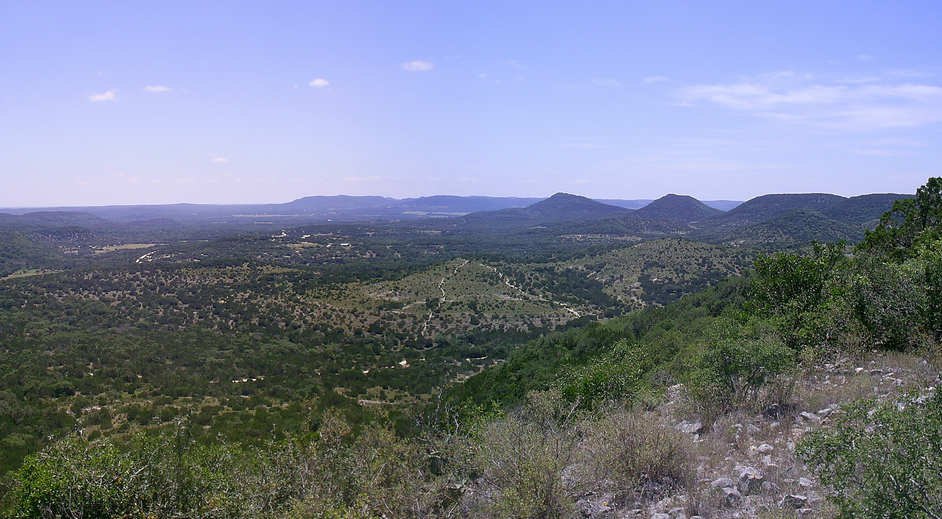by Eva Silverfine Ott, Comal County Resident
Letter to the Editor of the New Braunfels Herald-Zeitung
June 27, 2019
I want to applaud Chris Lykins for his editorial, “The Climate Change Conspiracy” (Herald-Zeitung, 6-16-19). The effects of greenhouse gases (82% of which is carbon dioxide; U.S. EPA 2017) have long been known. As Mr. Lykins points out, how we address the problem is open for debate, but the fundamental science is not. Doubt has been sowed by an industry and its investors and, unfortunately, has been used as a divisive political issue.
We are already witnessing the effects of the warming of our atmosphere—changes in our weather patterns that bring extreme storms and consequential flooding as well as droughts that bring wildfires; melting of the permafrost, glaciers, and Artic sea ice; and changes in species distributions, the consequences of which may be subtle but not insignificant.
Many of the issues associated with climate change must be addressed at the global and national level, and there are numerous websites that advise on how you can reduce your personal carbon footprint. There also is an effort we can make as individuals and as a community that may seem small in the face of such a large problem but would contribute to a healthier environment and benefit us on a local scale: preserving natural areas.
Everyone knows of the moderating effect of trees and vegetation on temperature and, conversely, the effect of concrete and asphalt on absorbing, storing, and reradiating heat. The moderating effect of trees and vegetation on soil moisture and surface waters is particularly important, reducing evaporation. Likewise, retaining natural areas, particularly along slopes and natural drainage systems, helps mitigate the effects of intense rainfalls and flooding.
Trees and other vegetation also sequester carbon dioxide. Carbon emissions are captured by forests, farms, wetlands, and grasslands, so keeping landscapes vegetated contributes to the long-term storage of atmospheric carbon. Research has shown the amount of carbon stored in soils via vegetation is significant, so small changes in soil carbon content can have major impacts on carbon dioxide levels in the atmosphere.
In 1800, Alexander von Humboldt, the great geographer, naturalist and explorer, described the phenomenon of human-induced climate change. I learned about greenhouse gases and climate change in the mid-1970s. It is time to get past denial and work toward solutions: some are technological, some are global, but some are very local.

